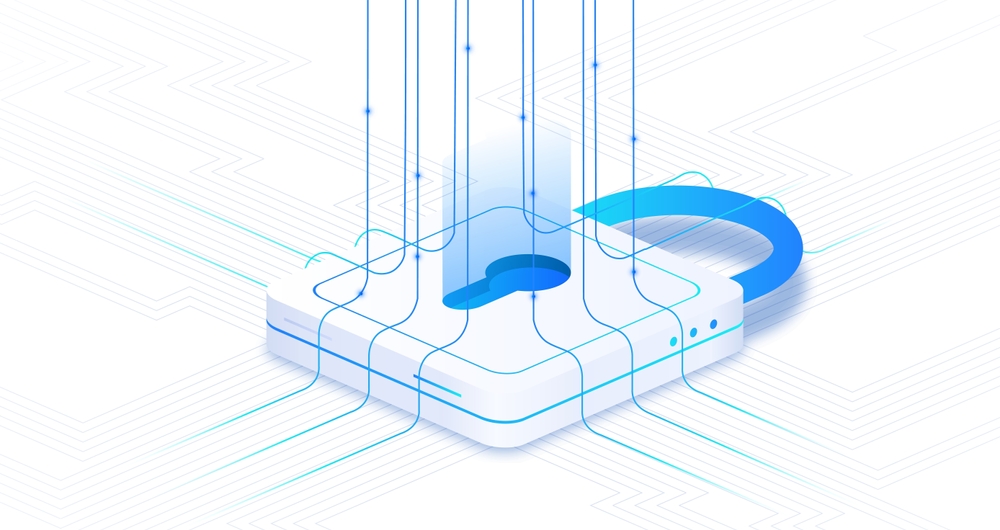Data Security and Integrity in Computer Networks
Data Security and Integrity in Computer Networks: In the realm of computer networks, data security and data integrity are two critical components that ensure the reliability, accuracy, and safety of information. As businesses and organizations increasingly rely on digital networks to store, transmit, and process data, maintaining both security and integrity is essential to protect sensitive information and ensure the smooth functioning of networked systems.
What is Data Security?
Definition: Data security refers to the protective measures taken to prevent unauthorized access, disclosure, alteration, or destruction of data. In a computer network, data security involves implementing technologies, policies, and practices that safeguard data from cyber threats, such as hacking, malware, and data breaches.
Key Components of Data Security:
- Encryption:
- Purpose: Encryption converts data into a coded format that can only be accessed or decrypted by individuals with the correct key. This prevents unauthorized users from reading or altering the data during transmission or storage.
- Example: Secure Sockets Layer (SSL) encryption used in HTTPS protocols ensures that data transmitted between a web server and a browser is secure.
- Access Control:
- Purpose: Access control mechanisms restrict who can access certain data or resources within a network. These controls are based on user credentials, roles, and permissions.
- Example: Multi-factor authentication (MFA) requires users to verify their identity using multiple methods before accessing sensitive data.
- Firewalls:
- Purpose: Firewalls act as barriers between trusted internal networks and untrusted external networks, filtering out malicious traffic and preventing unauthorized access.
- Example: A company might use a firewall to block unauthorized access to its internal network from the internet.
- Intrusion Detection Systems (IDS):
- Purpose: IDS monitor network traffic for suspicious activities or policy violations and alert administrators to potential security incidents.
- Example: An IDS might detect and report a pattern of failed login attempts, which could indicate a brute-force attack.
What is Data Integrity?
Definition: Data integrity refers to the accuracy, consistency, and reliability of data throughout its lifecycle. It ensures that data remains unaltered and authentic, except by authorized processes. In computer networks, data integrity is crucial for maintaining trust in the information being processed and transmitted.
Key Components of Data Integrity:
- Checksums and Hashing:
- Purpose: Checksums and hashing algorithms generate unique values (hashes) based on the data’s content. These values are used to verify that data has not been altered during transmission or storage.
- Example: When a file is downloaded, a checksum might be provided to verify that the downloaded file matches the original file’s hash, ensuring it hasn’t been corrupted or tampered with.
- Data Validation:
- Purpose: Data validation checks ensure that data input into a system meets predefined criteria (such as format, type, or range) before it is processed or stored.
- Example: A web form might validate that a user’s email address is in the correct format before accepting it.
- Error Detection and Correction:
- Purpose: Error detection and correction techniques identify and fix errors that may occur during data transmission, ensuring the data received is accurate and complete.
- Example: Parity checks and cyclic redundancy checks (CRC) are common methods used in data communication to detect and correct errors.
- Version Control:
- Purpose: Version control systems track changes to data, ensuring that historical versions can be accessed and that unauthorized changes can be identified and reverted if necessary.
- Example: A version control system like Git allows developers to track changes to code and revert to previous versions if needed.

Data Security vs. Data Integrity
While data security and data integrity are closely related, they serve different purposes in a computer network:
- Data Security: Focuses on protecting data from unauthorized access and threats. It ensures that only authorized users can access, modify, or delete data.
- Data Integrity: Ensures that data remains accurate, consistent, and unaltered, except by authorized processes. It focuses on maintaining the trustworthiness of the data itself, regardless of access.
Challenges and Best Practices
Data Security and Integrity in Computer Networks
1. Combining Security and Integrity Measures
- Implementing both data security and integrity measures is essential for a comprehensive network protection strategy. For example, encryption (a security measure) ensures that data is protected from unauthorized access, while hashing (an integrity measure) ensures that the data remains unaltered.
2. Regular Audits and Monitoring
- Regularly auditing data access and usage, as well as monitoring network activity, can help detect and prevent breaches and integrity violations early. Automated tools can alert administrators to potential issues, enabling a quick response.
3. Employee Training
- Educating employees about the importance of data security and integrity, and training them on best practices, can reduce the risk of human error, which is often a significant factor in security and integrity breaches.
4. Redundancy and Backups
- Implementing redundancy and regular backups ensures that data can be recovered in its original state if it is lost or corrupted, thus maintaining both security and integrity.
Conclusion
Data Security and Integrity in Computer Networks: Data security and integrity are both essential for protecting information in computer networks. While data security focuses on preventing unauthorized access and threats, data integrity ensures that the data remains accurate and consistent. By implementing robust security measures alongside techniques to maintain data integrity, organizations can protect their data from both external threats and internal inconsistencies, ensuring the reliability and trustworthiness of their digital assets.
For more information on IT services and Data Security and Integrity in Computer Networks solutions, visit NABCO IT Services.
Data Security and Integrity in Computer Networks; For professional assistance with data security, contact us to ensure your organization is protected with the latest security measures.
Read more related articles to enhance your knowledge
What is Data Security? The Ultimate Guide
Why Data Security Matters: Protecting Your Information in a Digital World
